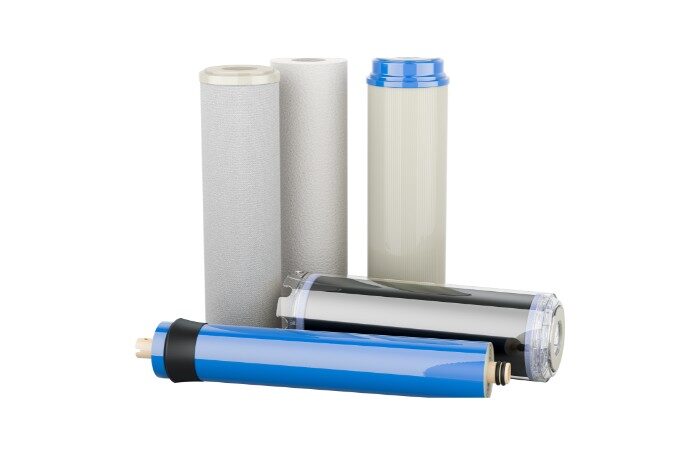
The water coming out of your tap may not be as safe as it appears. Municipal water can still contain high levels of chlorine, bacteria, and other unwanted contaminants. Even though it meets legal standards, your tap water might still pose both short-term and long-term health risks.
A 2018 study published in the Proceedings of the National Academy of Sciences revealed that about 16 million cases of acute gastrointestinal illness occur each year from water systems in the U.S. In addition, up to 45 million Americans are affected annually by violations in health-based drinking water standards.
Common Elements Removed by Water Filtration
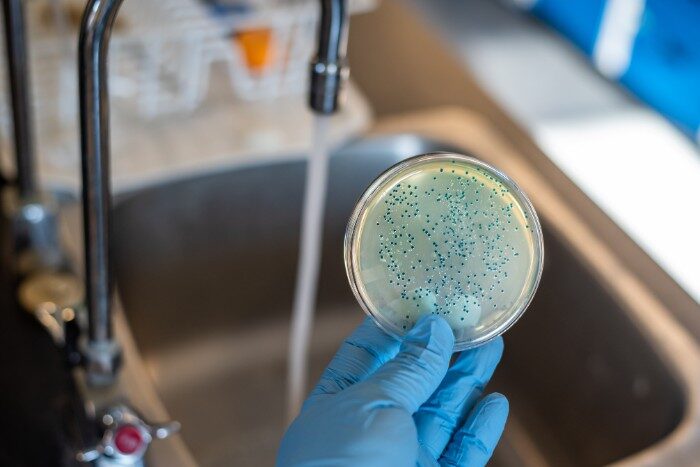
Water filtration is designed to reduce or eliminate:
- Rust, sediment, and silt
- Chlorine, scale, and metals that dissolve in water
- Pesticides, herbicides, and other chemical residues
Filtration also helps reduce the risk of algae and bacterial growth in your water.
To go beyond basic filtration, a water purification system can remove harmful elements like viruses, fluoride, arsenic, and total dissolved solids. So, which is better, carbon water filters or reverse osmosis systems? Let’s compare.
Understanding Reverse Osmosis
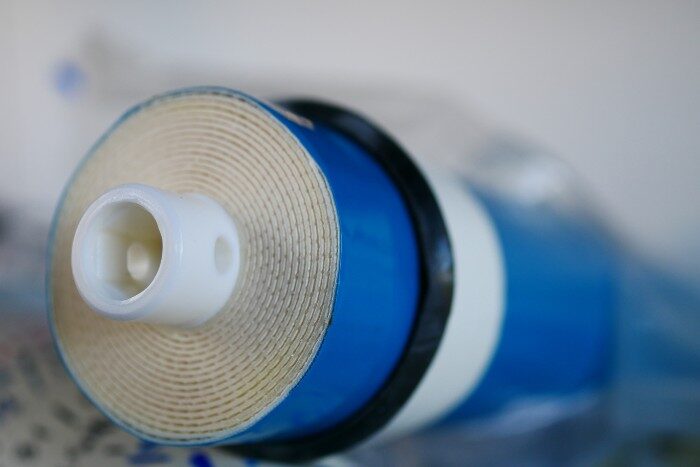
Reverse osmosis, or RO, is a water purification method that uses a semi-permeable membrane to eliminate dissolved impurities. The system purifies water through multiple stages, including:
- A pre-filter to remove sediments and particles
- A carbon block filter to eliminate chlorine and chemicals
- A membrane to separate contaminants from clean water
- A final post-filter that enhances taste and odor
Reverse osmosis systems remove contaminants such as:
- Chlorine
- Fluoride
- Arsenic
- Bacteria and viruses
- Dissolved solids (like sodium, magnesium, and calcium)
- Nitrates and pharmaceuticals
- Organic pollutants, including pesticides and herbicides
- Heavy metals, such as lead, mercury, cadmium, and iron
Reverse osmosis purifies water by removing approximately 97% of contaminants, making it a popular choice for restaurants, homes, and businesses that require exceptionally clean drinking water.
What is a Carbon Water Filter?
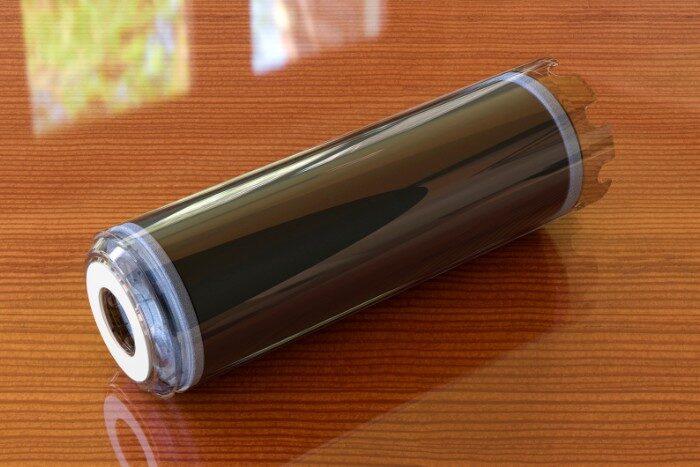
Carbon filtration utilizes activated carbon to eliminate unwanted tastes, odors, and impurities in your water. Carbon filters are effective at removing:
- Chlorine
- Volatile organic compounds (VOCs)
- Some heavy metals and chemical contaminants
That said, carbon filtration alone cannot eliminate dissolved solids, fluoride, or viruses. Compared to reverse osmosis, a carbon water filter is limited in its ability to remove smaller particles.
Still, carbon filters are a budget-friendly and easy-to-maintain option. They provide a noticeable improvement in taste and smell, especially in areas with lower TDS (total dissolved solids).
While carbon filters remove around 10–15% of TDS, reverse osmosis removes up to 97%. That’s why in places like Phoenix, where TDS is high, carbon filtration alone won’t make your tap water taste like purified bottled water. However, in areas with lower TDS levels, a carbon filter can still provide an improved drinking experience.
Why Reverse Osmosis and Carbon Filtration Work Better Together
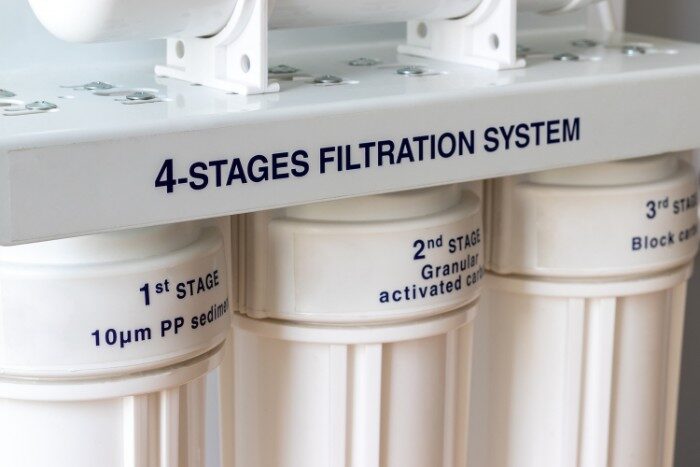
Activated carbon is highly effective for removing chlorine, improving the water’s taste and smell. That’s why carbon filters are often the first line of defense in a reverse osmosis system.
However, carbon alone can’t stop all contaminants. It’s the membrane within the RO system that tackles the smaller, more harmful particles—including dissolved solids and dangerous microorganisms.
By combining both systems, you get double protection:
- Carbon removes chemicals and improves flavor
- RO removes microscopic and dissolved contaminants
This combination ensures your water not only tastes better but is also much safer for drinking and cooking.
Work with a Trusted Water Purification Provider

If you’re drinking unfiltered tap water, you might be ingesting harmful pollutants you can’t see or taste. Reverse osmosis and carbon filtration work better together to deliver truly clean, safe water.
At Clear Water Concepts, we specialize in purification systems that combine the power of reverse osmosis and carbon filtration. If you’ve been wondering whether a carbon filter vs reverse osmosis is the better option, the truth is—they’re most effective when paired together.
Contact us today to explore the best purification system for your home and get a free consultation.


